Accessing the Edge
I am a surfcaster, but this is not a surfcasting article. People have an image in their minds of the wetsuit-wearing angler. Many that have never tried it think we are insane—and some of us are, but I’m not one of them. Up-and-coming surfcasters think it’s a measure of their salt, a boost in credo or credibility. I will say, that itisfun to watch the color drain out of the faces of non-anglers, (or my mother) when I tell them that I wear a wetsuit, fish in the middle of the night and swim to rocks to pull big fish out of the dark ocean. I’m sure they picture me swimming through a wind-whipped sea, rod in my teeth, diving beneath the wake of an oil tanker or facing off with a great white before finally pulling up on some reef 2-1/2 miles offshore.
It's not like that.
I swim to gain access to the edge. It’s that first dropoff on the chart, the place where the shallow, boulder-strewn inshore waters give way to the deeper ocean. In daylight, it looks like green giving way to blue. In the dark, it seems like safety giving way to a dangerous unknown. The edge is a line, and my experience has taught me that this line is used as a highway by striped bass. And while the shallower waters leading out to the edge absolutely dosometimeshold bass, given the right formula of tide, wind, and season, the edge will nearlyalways have a fish. And on those nights when the inshore waters are full of fish, the edge will often hold many more fish and, quite often, larger fish as well. It’s usually worth the effort.

So far, this sounds like a surfcasting article, doesn’t it? It is, but for anyone fishing in a boat or kayak, I’m asking you to open your mind. When I’m in my wetsuit, I am your exact opposite. I have had to become adept at picking the exact spot along that long stretch of ‘edge’ where I can catch fish consistently. In my observation of (most) anglers fishing for stripers from some kind of vessel in the dark, they make one or two drifts over an area and then move to another spot. And I know that this method is effective at times. But if your two drifts don’t link up with one of the pods of stripers working that edge, all you did was miss.
The Paper Route
Because I am standing in one place for several hours of a tide, I have come to know that fish don’t really hold on these edges, they visit them. I feel like it’s more of a paper route than it is a key holding position. It can be random visits from small pods of fish, slightly larger wolfpacks that come and go in the span of 10 to 30 minutes, or it can be shoals of fish that bite constantly for a few hours. The main point is that most of the time, there are periods of nothing in between.

When I look at one of these edge areas, I try to find a place where something changes, some kind of corner, a large hump, a big rock, an underwater cove, or point. These areas represent an obstacle that all gamefish and baitfish will have to pass around, over or through. These areas also augment the current setting up small spots with a different feel than all of the areas around it, concentrated current usually presents a positive feeding scenario. This is also why it’s so essential to fish these locations during all stages of the tide; this is the only way to dial in that prime window when it’s most likely to give up a good fish.
The Spot Within the Spot
When I cite a spot having a different ‘feel,’ I’m not talking about something I feel, I’m talking about something that I can’t quantify or describe in words because I can’t speak for the fish. Some readers might be shaking their heads, thinking that I am WAY overthinking this, but you can’t ignore the fact that hundreds of striped bass hit these same little spots every year, fish that are migratory, and that probably don’t return to the exact same zip codes every season. So there’s something else there, a feel, a sound a smell… that draws fish back to these spots within a spot year after year. If we can learn to pick them out of these longer stretches of great-looking water… just imagine.
If you’re a surfcaster, a yakker, or a center console guy, I’m urging you to narrow your focus from a place that offers a good drift, to the two spots along that drift that present a scenario that’s advantageous to the predator. No matter how we fish, there is too much reliance on luck of the draw… it’s drop an eel and drift and hope. Or get on the most accessible rock and cast and hope. But if you take just a few more minutes on your Navionics App or scouring the screen, or reading the water, you’re going to learn something you can use over and over. That observation will apply to that specific location and as a point of reference when trying to make sense of another stretch of edge in some other place in some other year.
If you’re fishing and you’re not learning, I’d say you’re not really trying.








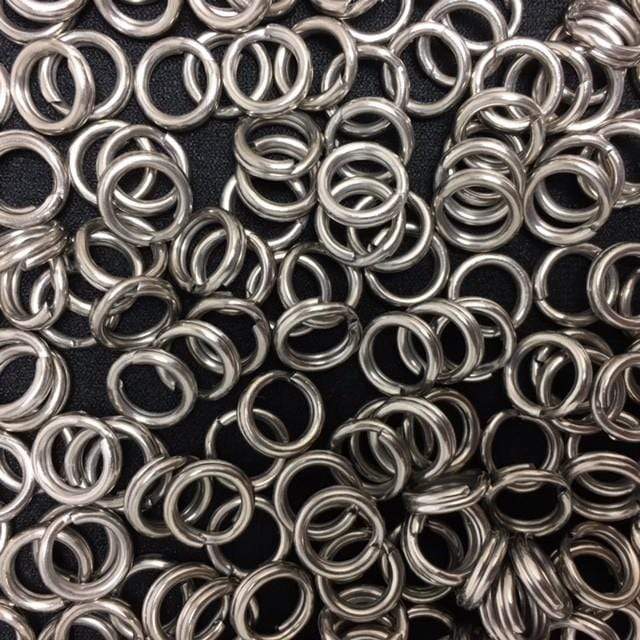
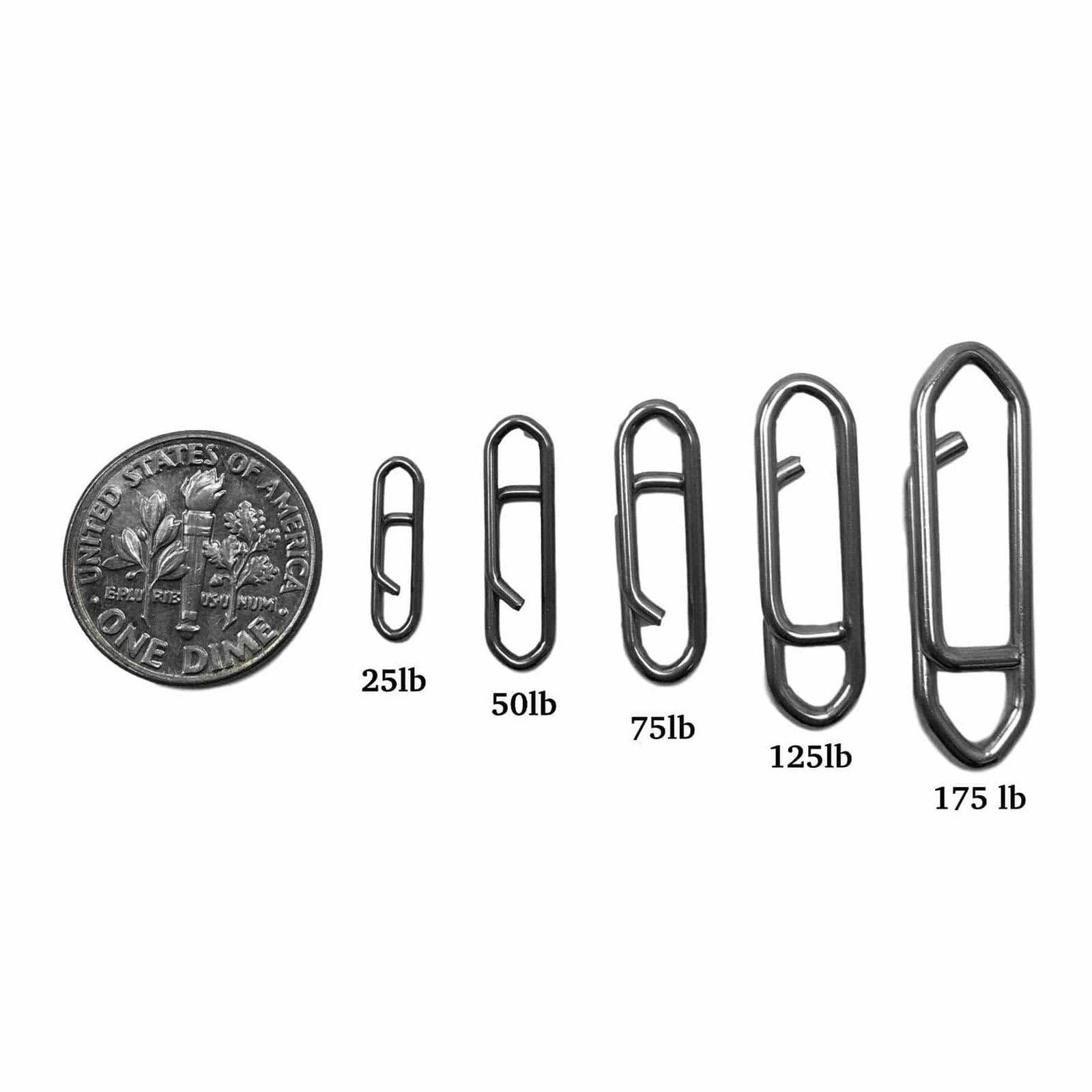

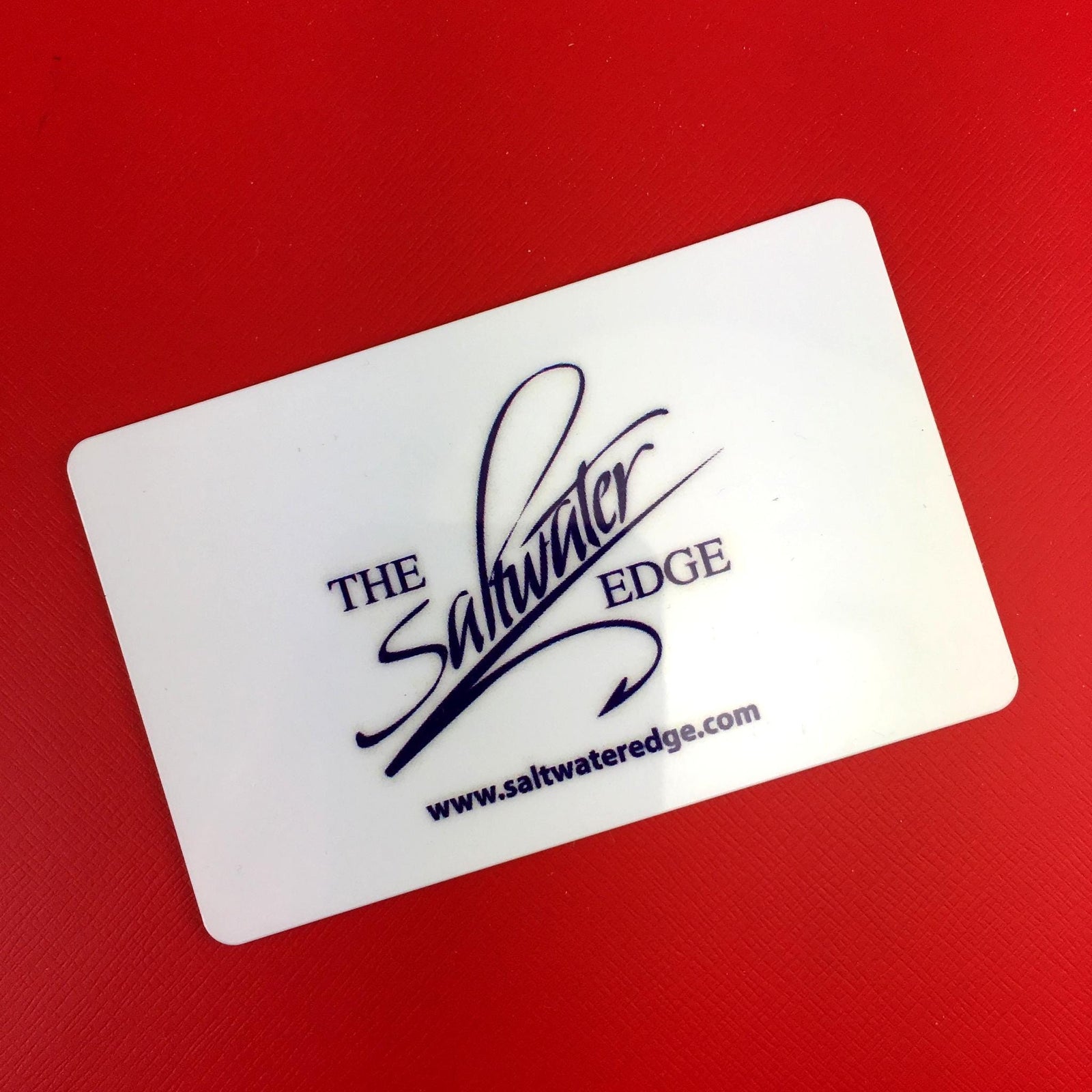




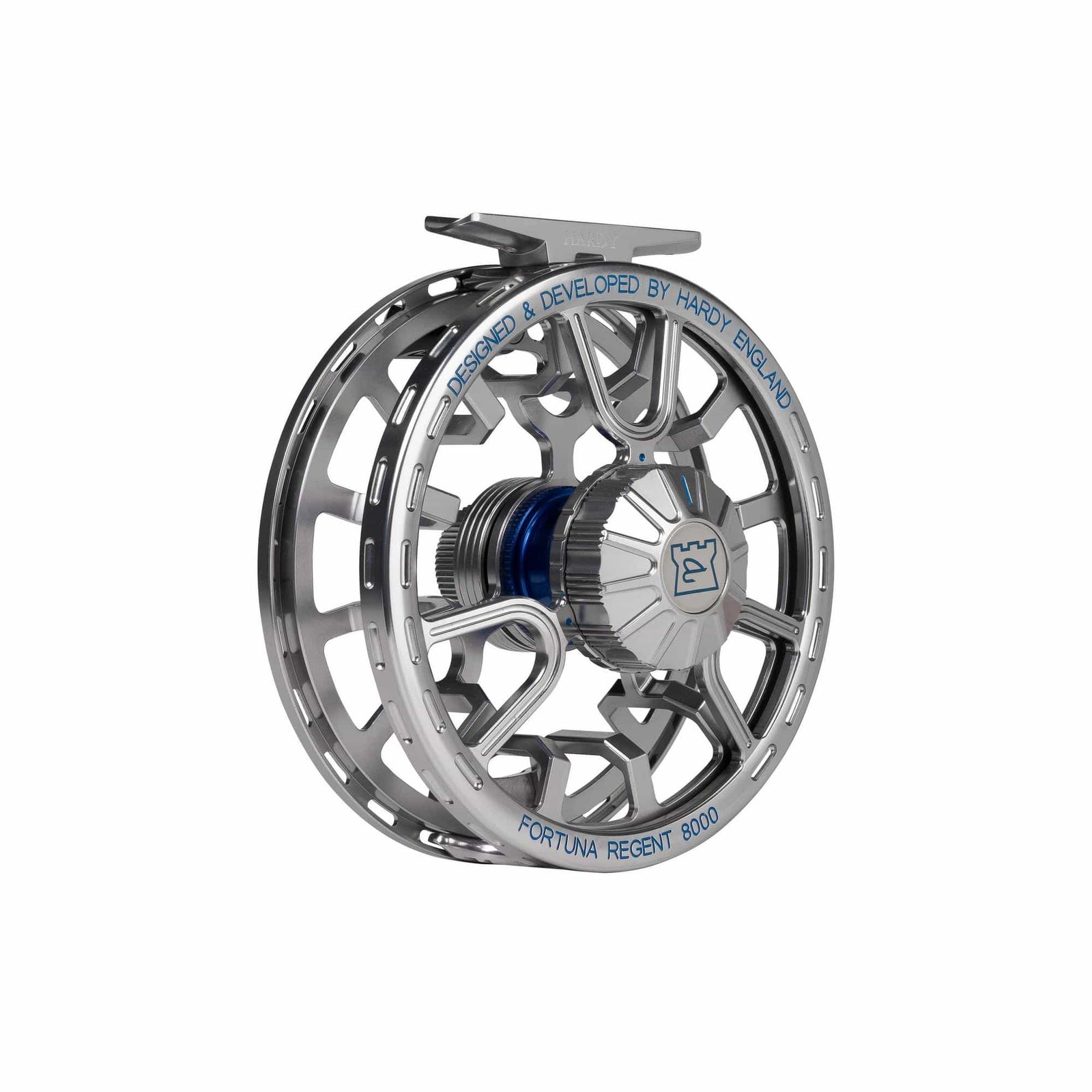
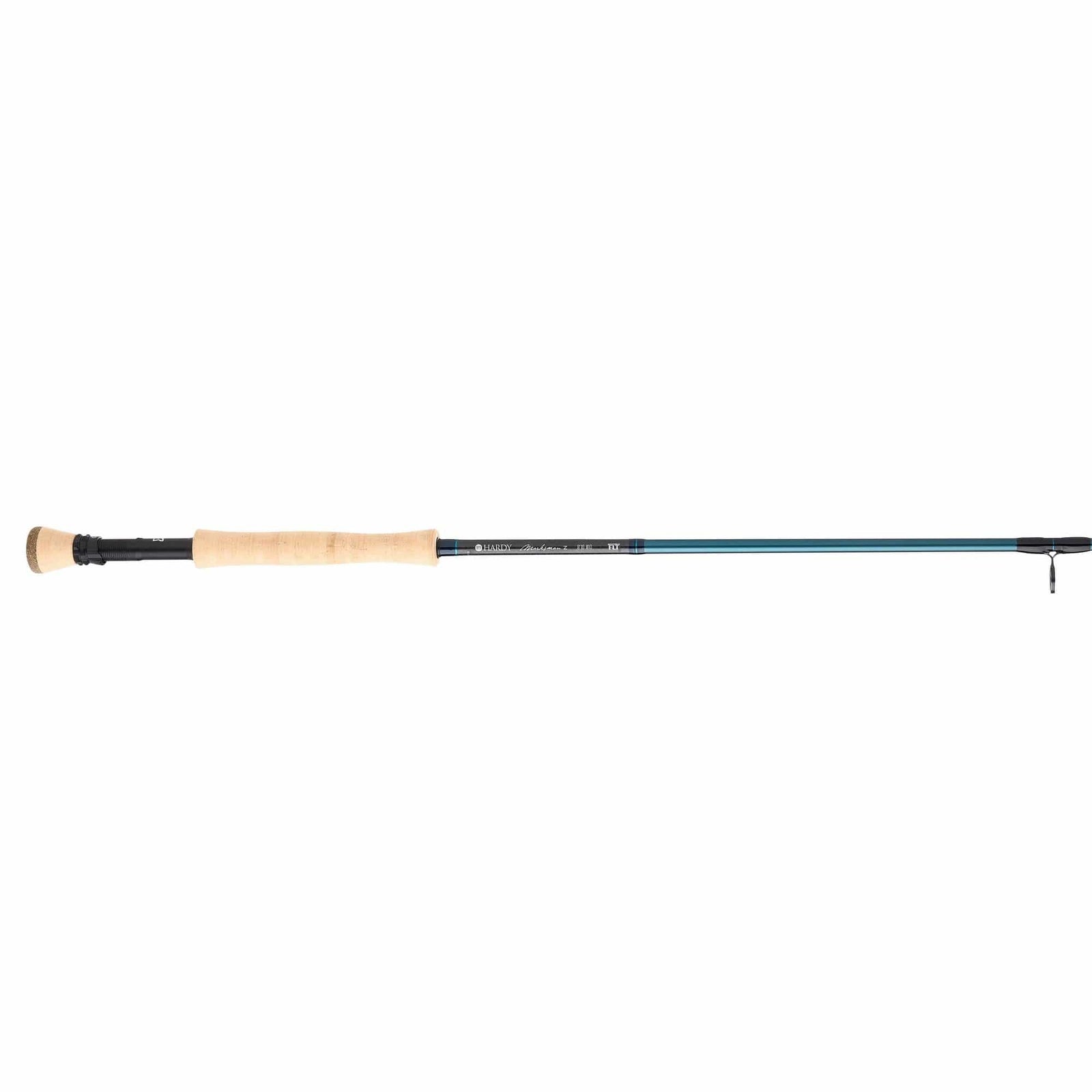

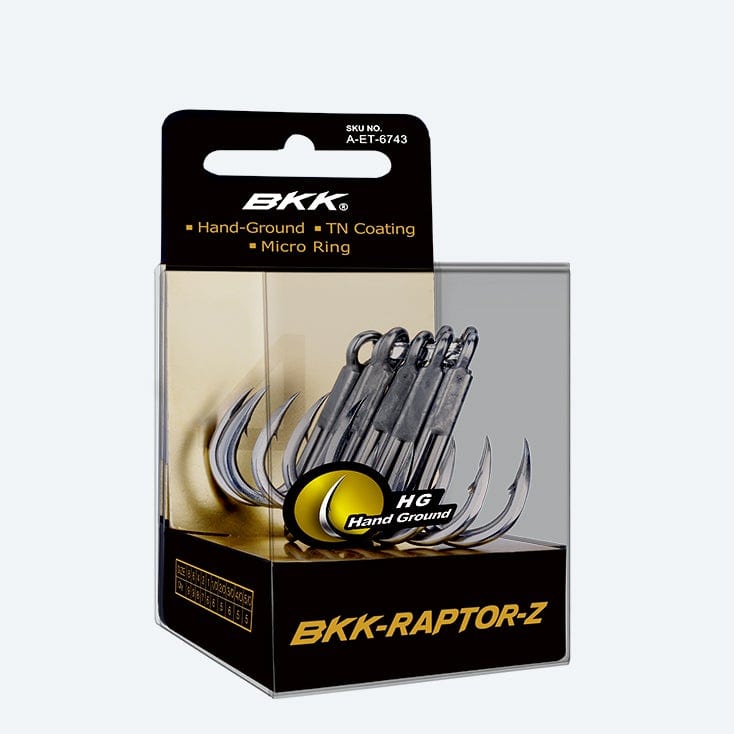

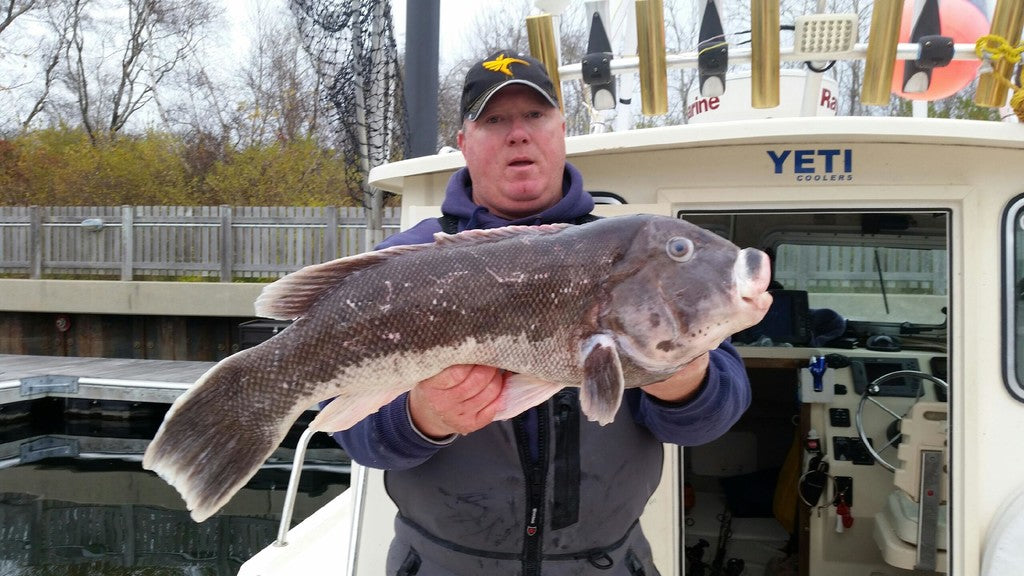

Joe P
January 21, 2021
Really great advice. I’m the new kid on the block. So far , it’s time on the water… looking, listening and learning. Earning.